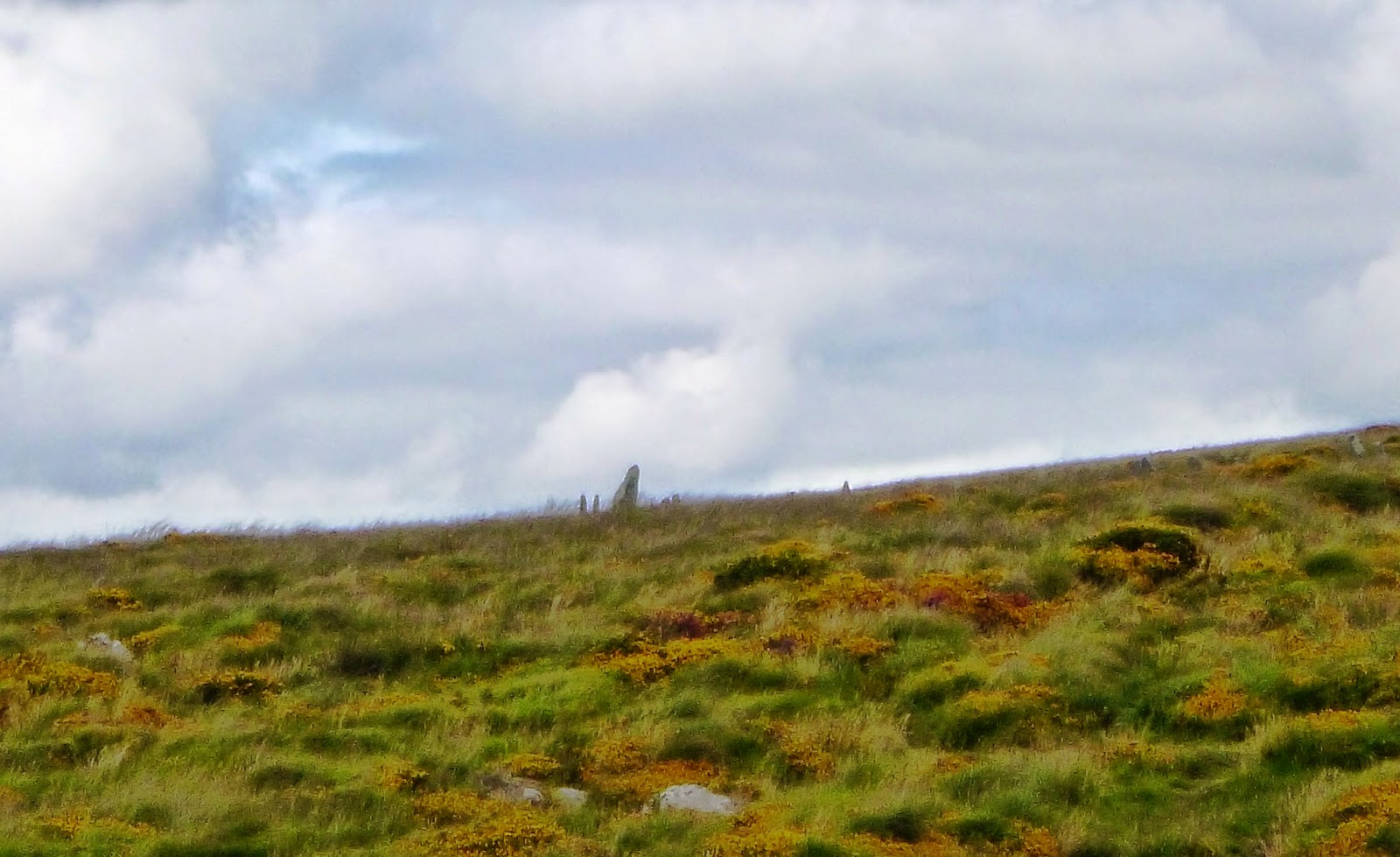If the age old adage is correct,
and an Apple a Day does indeed keep the doctor away, we should now be OK
through the next year!
 |
| Even Rosy On The Inside |
We started to pick Apples with the
aim of filling our shed based store for the Winter months. I also want to press
a nice load of juice. The children were keen to climb/eat/pick, and this year
they have been honing their catching skills too, which is handy.
Initially we visited the Flemming Park Red trees in the swimming pool car park; they were loaded with sweet rosy fruit that no one else was
picking, we grabbed a good crop here. Next we whizzed over to Hedge End, where
we literally filled our boots (or car boot to be precise). These two quick trips
netted us about 60 Kgs! There’s still plenty left on the trees though.
This year I want to make cider again
but we have also invested in a pasteuriser. So, this time we will be able to
bottle up some of the delicious, freshly-pressed juice-based elixir to consume
later in the year.
Apple juice will not normally
keep for more than a few days unless it is pasteurised. It is possible to
freeze it, but we only have a small freezer and that’s half filled with
Blackberries!
Apple juice-straight out of the press-is the
best tasting treat of the Autumn and If you want to experience this delight,
you should get on down to the Mansbridge
Community Orchard Apple Day on the afternoon of 12th October 2014.
Bring some bags or buckets to collect fruit, and join in with the family based fun,
in the Octavia Rd Open Space.
If you have any spare fruit from your garden bring it along and we will turn it into delicious juice. The Apple Day
is an open air event, so wear robust clothing and footwear (wellies are de-rigeur).
N.B.This is an amateur/volunteer/community based event – everyone is responsible for their own health and safety and parents/guardians
are accountable for their children.




















